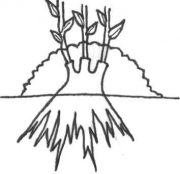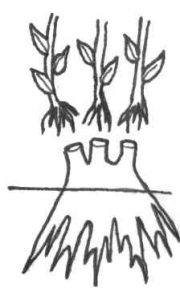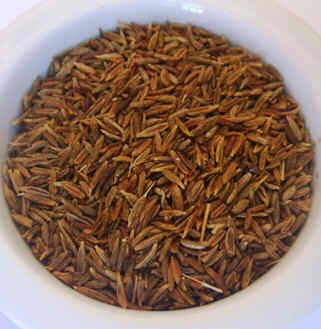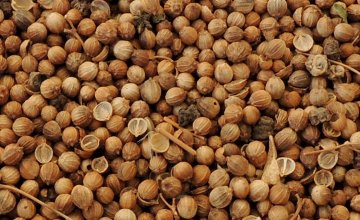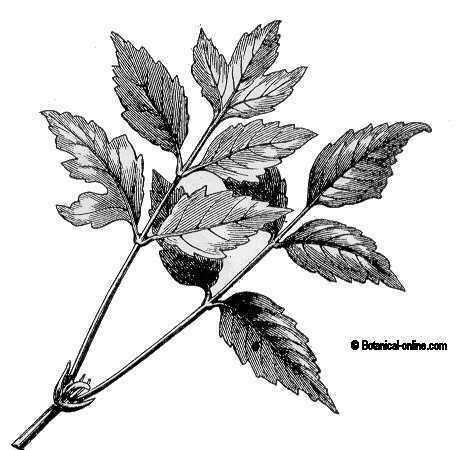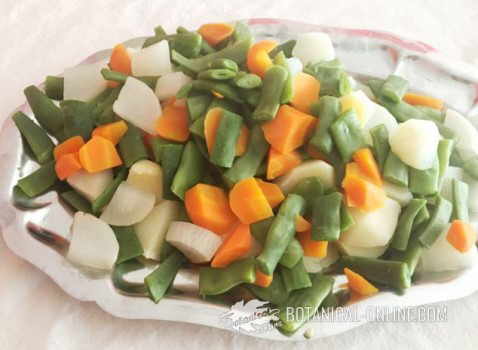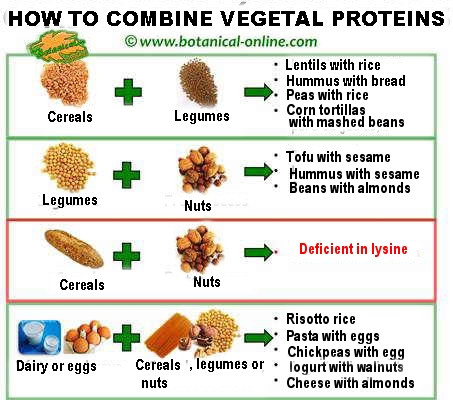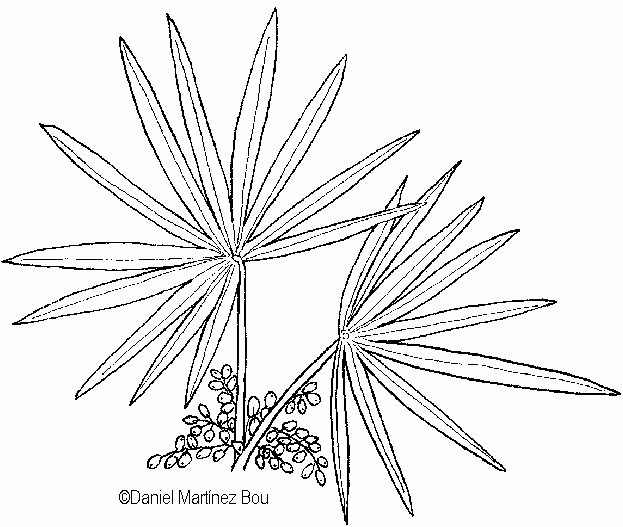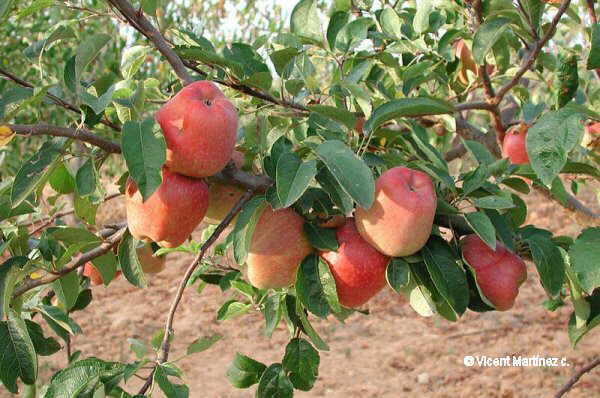Contents
Characteristics of the layering technique
What is the layering technique?
Layering is an asexual plant reproduction technique that consists of forming new specimens from a branch of the parent plant, not yet separated from it, from which roots are made to sprout. Once the roots are produced, the branch is separated from the parent plant. Through this form of multiplication, new plants are obtained, that are genetically the same as the plant from which the branch was obtained.
This method of multiplication is more complex than if it is done through cuttings, although it has the advantage that the layer can receive water and nutrients from the parent plant while it is taking root. In fact, in nature this process occurs naturally in many plants when some of their branches touch the soil and produce adventitious roots.
Types of layering
There are two types of layering:
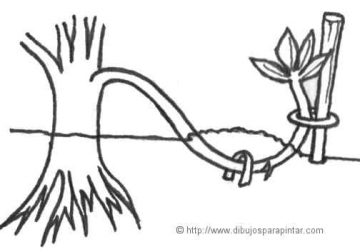
- Simple layer: It is used with shrubs or trees with flexible branches and low branching.
- Prepare the parent tree: The year before layering, the parent plant is prepared, from which a portion of a low branch is to be buried. In spring or late winter a low branch is pruned to produce young branches that are able to root easily.
- Perform the layering: At the end of winter or at the beginning of spring of the following year, a young branch is bent directing it towards the soil, so that the part that will be buried in the soil is about 15 or 30 cm from the final end. At this point of contact with the soil, a hole is made about 10 or 15 cm deep, with the side opposite the tree completely vertical.
The bottom is covered with a layer of about 20 cm of leaf mulch or peat and sand. This type of substrate will guarantee good drainage and good aeration while maintaining a certain type of constant humidity.
Cut the shoots and the lateral leaves of the stem, leaving the buds and final leaves of the same in a portion of about 15 or 40 cm. The branch is bent over this hole so that it forms a right angle and is held with a hook, so that it remains in contact with the soil and does not rise. Subsequently, it is covered with soil so that the final portion of the branch between 15 and 30 cm is raised above the soil and part of the intermediate portion is buried about 10 cm deep. Press the earth on the branch and secure the end of it by driving a stake into the soil and securing the branch there with a ribbon or string.
Care for successful layering
Water abundantly so that the soil is always moist.
To facilitate the emergence of the roots, an undercut can be made with a clean, well-sharpened razor at the bottom of the portion of the branch that remains buried. So that the two parts do not touch, place a toothpick in the middle. It will be from this point where new roots will be produced. If you want, you can apply growth hormones to the cut area.
The formation of new roots depends on the conditions of heat, light and humidity. For the stem to produce roots, it must be dark so it will be properly buried in the soil or hilled, that is, it will be covered with a lot of earth.
- Separate the layer from the parent plant: The part introduced into the soil produces new roots throughout the vegetative period. When autumn comes, the branch is dug up and checked for roots. If so, it is cut in front of the root zone and planted in a pot or in the soil. If no roots have yet been produced, one more season must be waited.
- When it is well established, it can be transplanted into its final place.
In this way you can plant fruit trees such as mulberry or hazelnut.
Mound layering
It is used to propagate shrubs and fruit trees with less flexible branches, such as apple trees, quinces, blueberries or currants.
- Preparation of the parent plant: A bare root tree can be planted and allowed to take hold for a season or an existing tree can be used. Be it one case or another, when winter arrives, the parent plant is pruned about 2.5 cm from the soil.
Air layering
|
It is also called Chinese layering. It is used with woody-stemmed plants and is carried out in spring using mature stems from the previous year or in late summer with stems from the same year. With this process they are able to reproduce, for example:
- Fruit trees such as lemon, fig, avocado, plum, apple, pear, olive, chestnut, pomegranate, quince, persimmon, lychee or guava, etc,
- Other non-fruit trees such as negundo, birch, hackberry, love tree, ficus, magnolia, white willow, beech, mulberry, redwood, linden, etc.
- Shrubs such as rhododendron, strawberry tree, laurel, witch hazel, hibiscus, hawthorn, yew, holly, thujas, etc.
- Indoor plants, such as the Brazilian trunk, yucca,
For this, the following process is carried out:
- Preparation of the parent plant: The leaves and shoots of the chosen branch are cut in the first 15 or 30 cm, leaving the final shoots and leaves.
- With a clean, sharp knife, a ring of bark less than 1 cm wide is removed from the center of the clean part of the branch. Hormones are applied to this cut to stimulate root growth.
* See: Air layering method
* Related information: Rose bush reproduction by layering
![]() More information on fruit trees
More information on fruit trees

